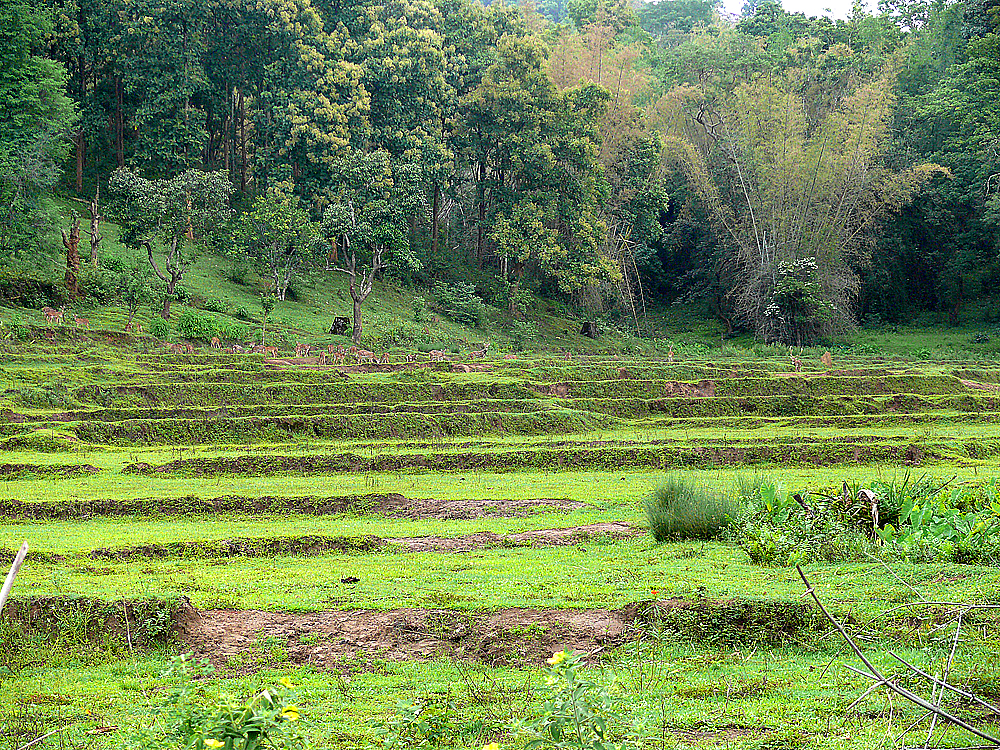Brahmagiri-Tirunelli Elephant Corridor

Initiated in 2003, the project aims to preserve the Brahmagiri-Tirunelli corridorin order to ensure genetic diversity by preventing isolation of elephant populations ,reduce animal-human conflict by moving people away from elephant corridors, sustain the larger range as one unbroken entity and prevent its fragmentation and protect the traditional migration routes used by elephants. Though a significant part of the land that now comprises the corridor is still protected forest, large tracts within it have been brought under agriculture. ANCF, in collaboration with the Wildlife Trust of India (WTI), has assessed the area for feasibility of land purchase for corridor augmentation. ANCF has also received generous funds for land purchase. This acquired land would eventually be transferred to the State Forest Department for reversal to forest land status and integration with the adjoining protected areas for future management as a recognized elephant corridor.
That the effort has been reasonably successful has been established by the Foundation’s post-acquisition monitoring; there is considerable evidence that the families that transferred their agricultural lands have able to relocate themselves with a reasonable degree of satisfaction and contentment, while the agricultural lands acquired are gradually merging, in ecological terms, with the adjoining protected forests, as evidenced by invading plant species and animal movement.
The process of acquisition of land for the augmentation of elephant corridor is a unique, yet, an important experience for the ANCF team. This exercise could serve as a model for any land acquisition projects for species corridors anywhere in the world. The most important task, however, is to bring it to a stable conclusion where the process has been beneficial to the elephant and the human community.
Going forward, the lands now purchased need to be handed over to the forest department and regular monitoring of elephant habitat should be carried out. New strategies, that go beyond land purchase, can also be explored that would ensure a secure and viable elephant corridor. These include – reorganizing land use planning, for example: identifying alternate roads instead if those that cut across elephant corridors; and encouraging agro-forestry.


